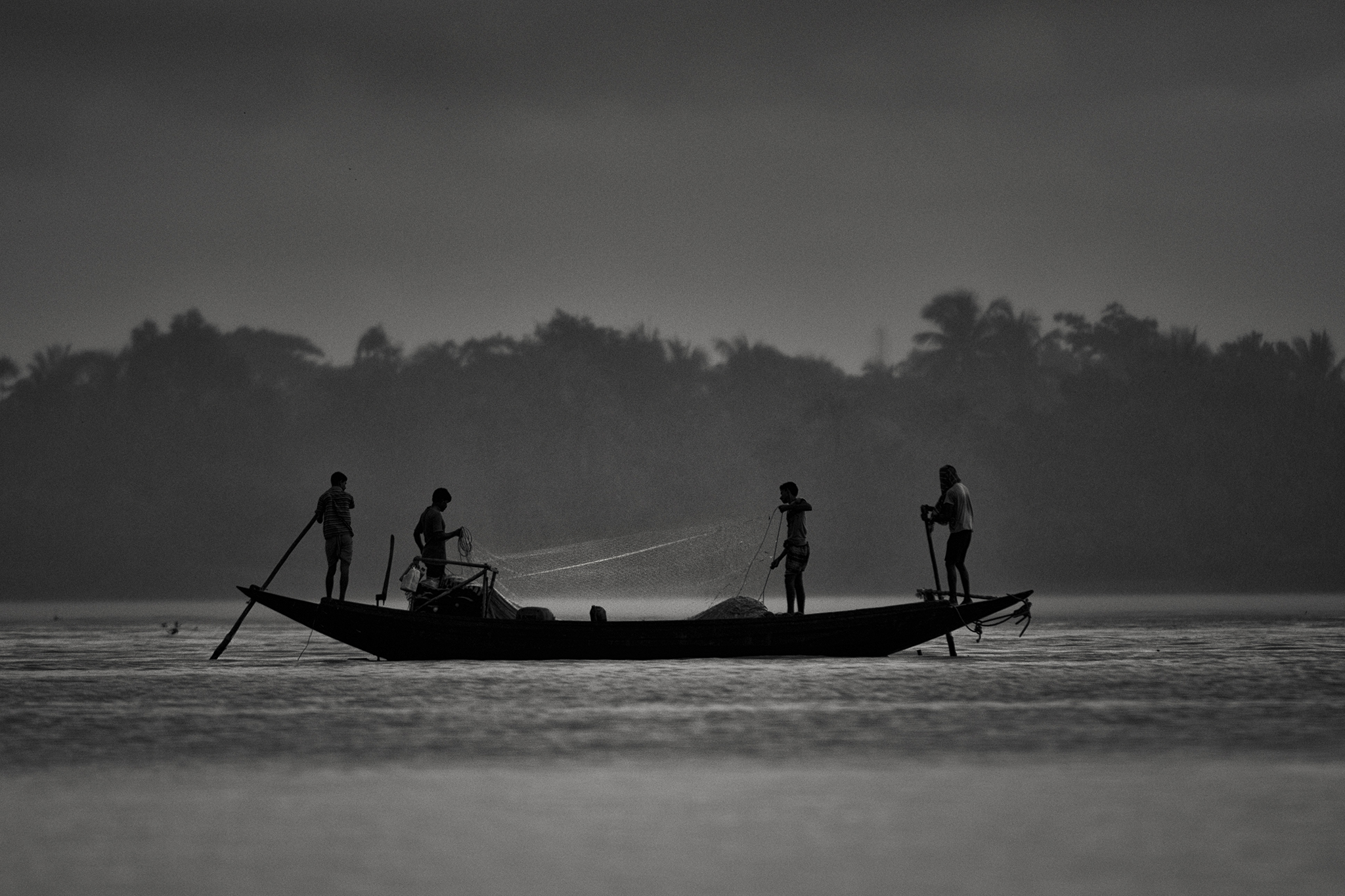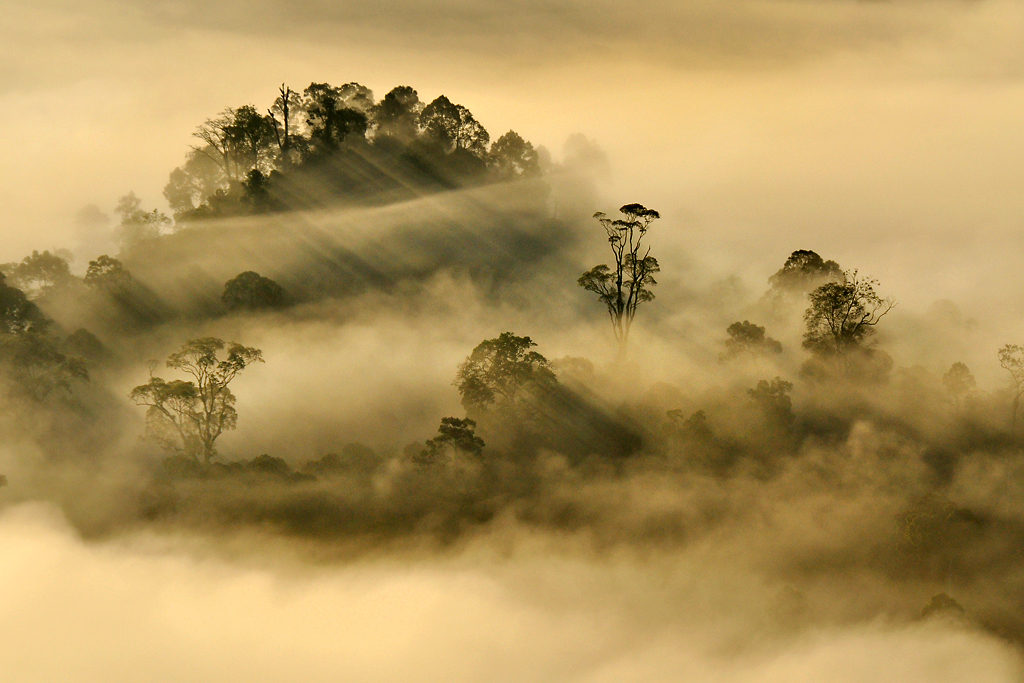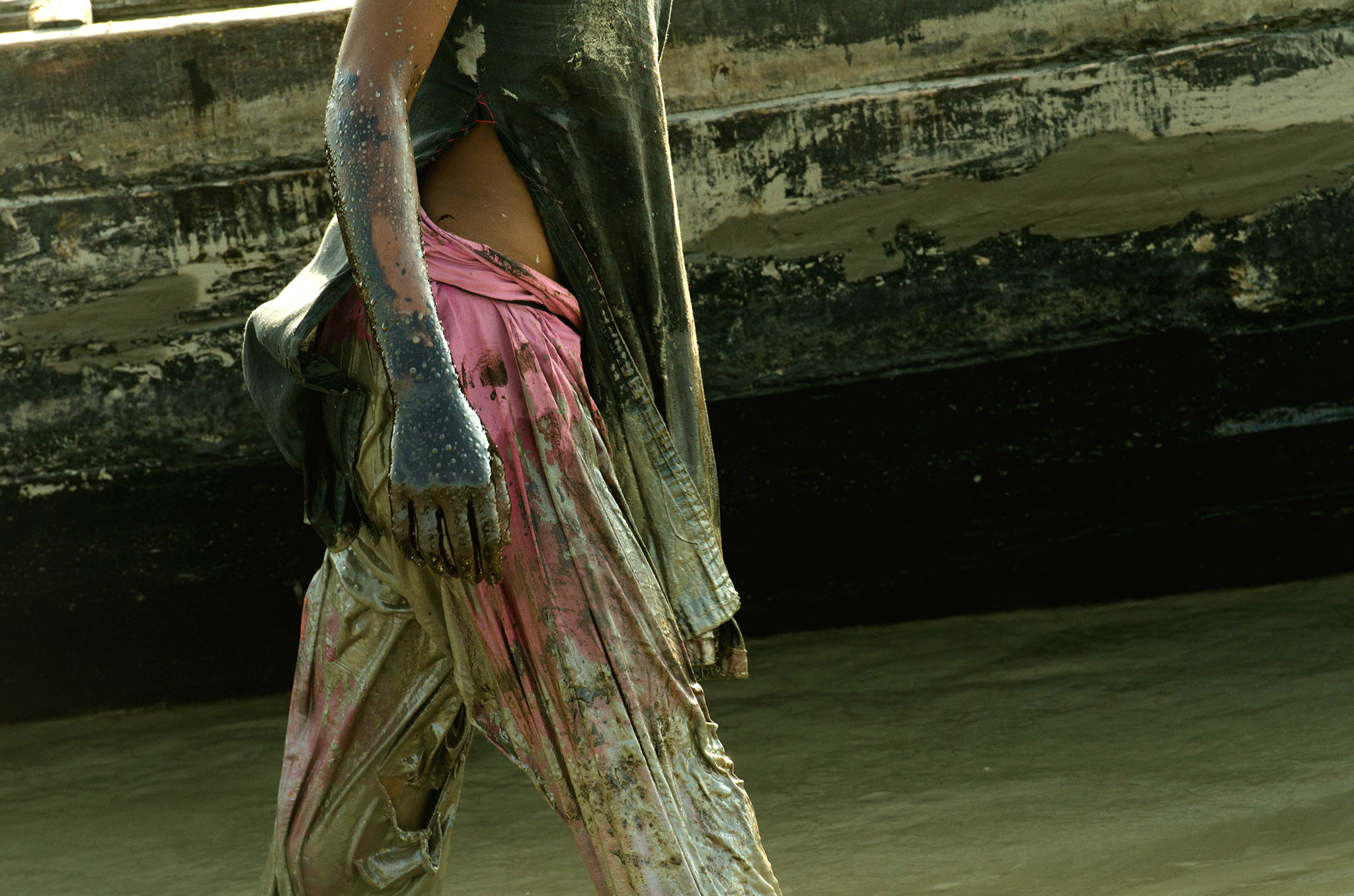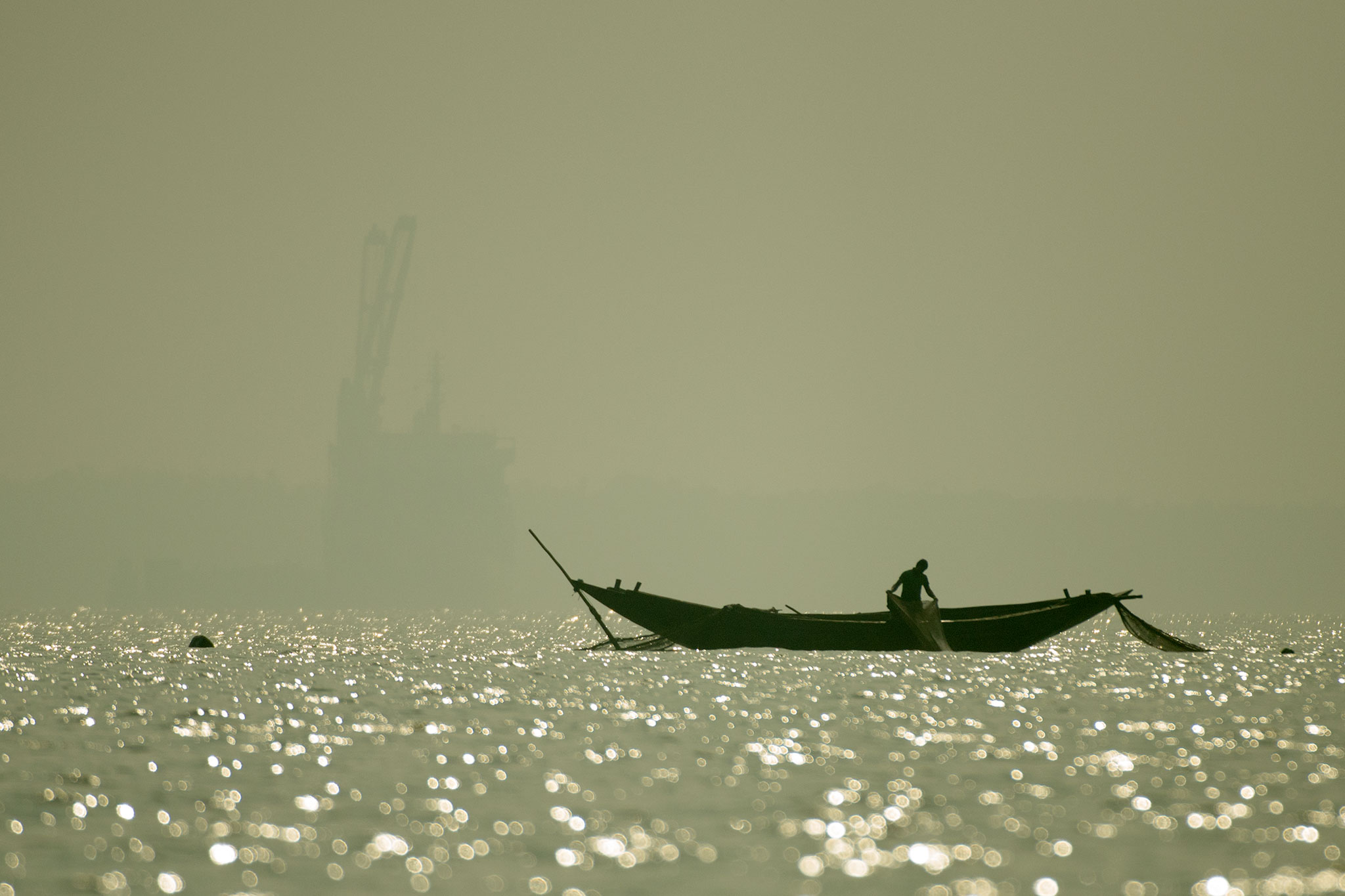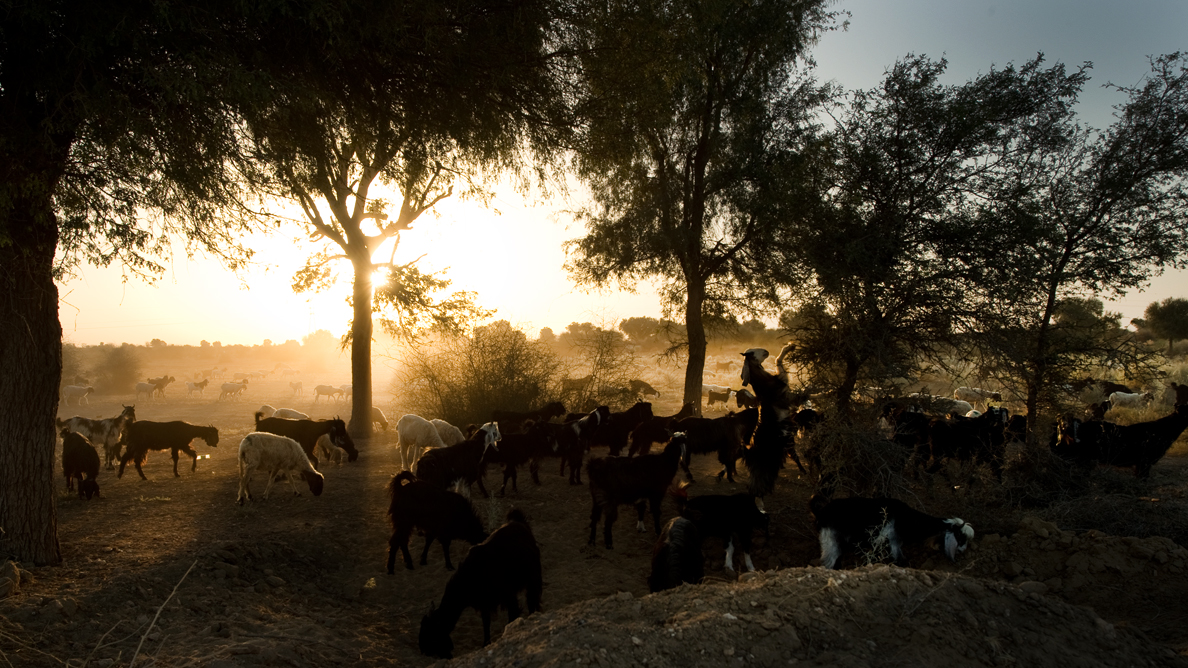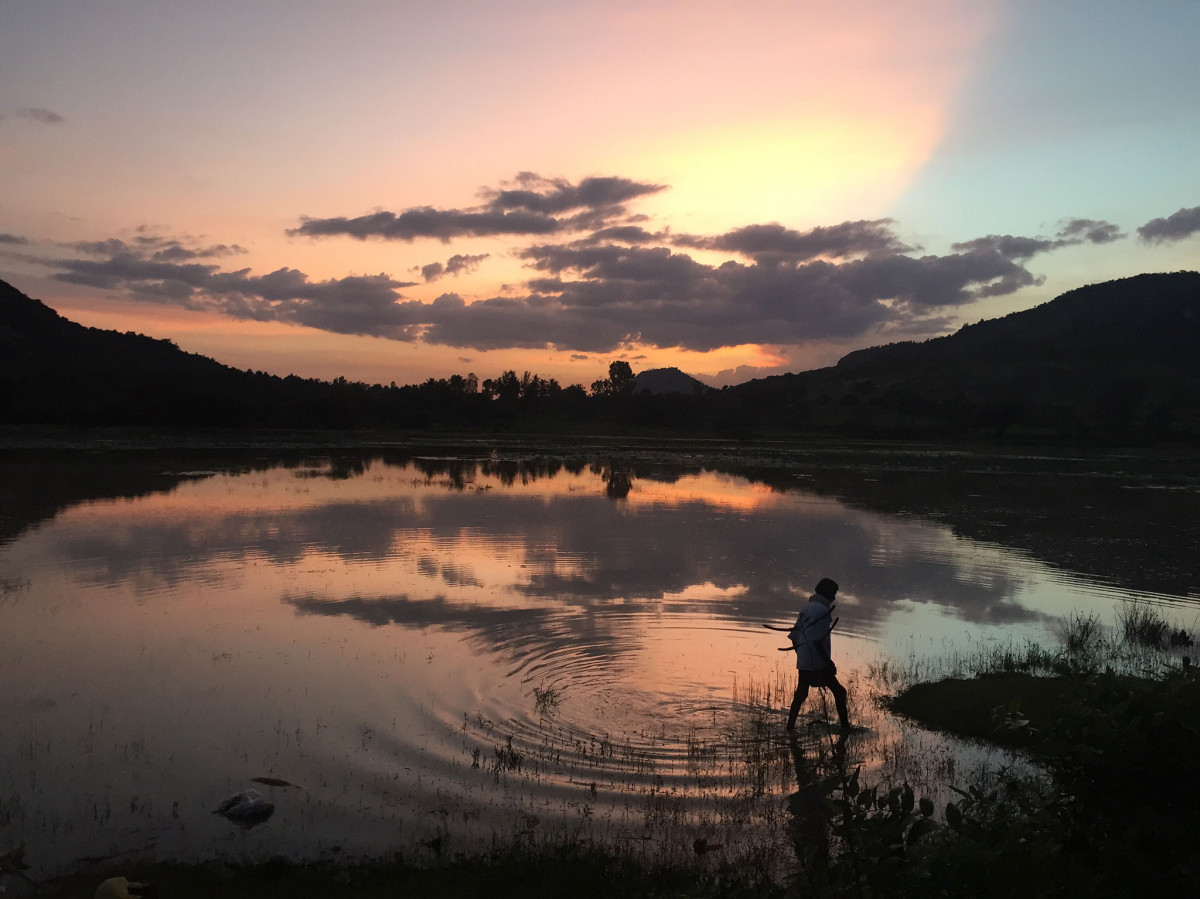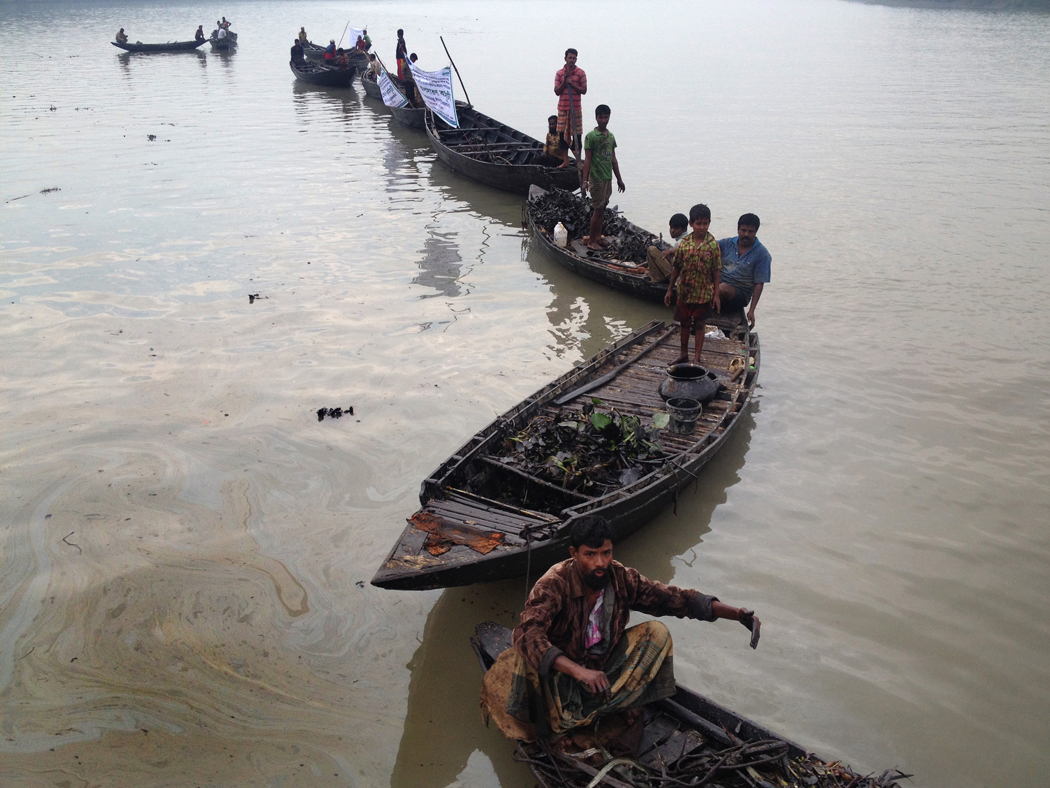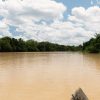Environmental photographer and writer Arati Kumar-Rao documents the slow violence of ecological degradation and climate change on ecosystems and livelihoods along South Asia’s rivers. Traveling across the Indian sub-continent, she reports on the changing fates of people and species dependent upon the land.
“Violent conflicts make headlines. But a slow violence – one that is neither spectacular nor explosive – remains invisible, inflicted on communities by environmental degradation and climate change. Unfolding over temporal scales, its true implication manifests over generations.”
In her most recent project, Kumar-Rao visited the Ganges-Brahmaputra basin, which supports over 600 million people in four countries: India, Bangladesh, Nepal and Tibet. Eager for development, these countries are re-engineering their landscape: building dams, mining deserts and building over marshes and grasslands. These interventions are eroding the whole ecosystem, causing, among other things, draught and a declining fish population which have a huge impact on local people that rely on the biodiversity of the Ganges-Brahmaputra basin for their food and livelihood. In her photography, Arati Kumar-Rao captures the struggle between industrial growth, natural environments and local livelihoods.
Arati Kumar-Rao

Arati Kumar-Rao is an environmental photographer and writer from Bangalore, India. Her work has appeared in well known media sources such as The Guardian, National Geographic India, BBC Outside Source.
Looking to the future, Kumar-Rao sees no endpoint on her work: “I will continue telling stories – for landscapes and lives change, and following those changes is what I do.”
Website
Location
Bangalore, India
